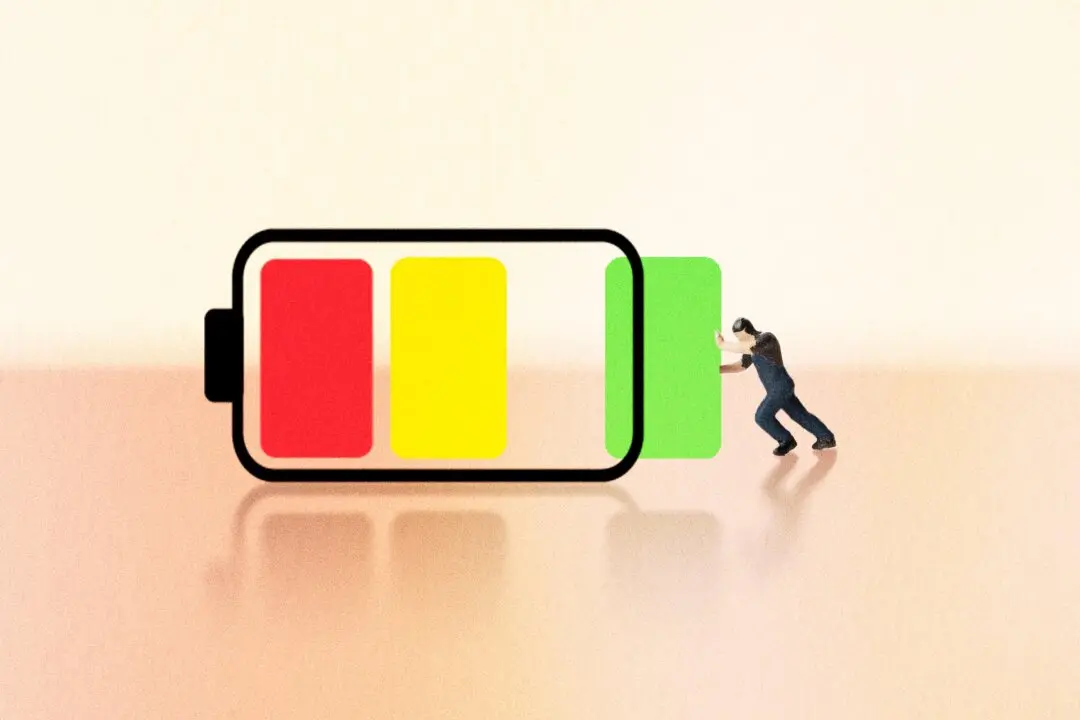For a while, I’ve been tracking 12 daily habits with an app. The impact on my life has been significant. So positive, in fact, that you know what my greatest temptation has been? Wanting to track 12 more habits.
I love the sense of order in my day and the satisfaction of marking each habit as complete. And I want more of those feelings.






